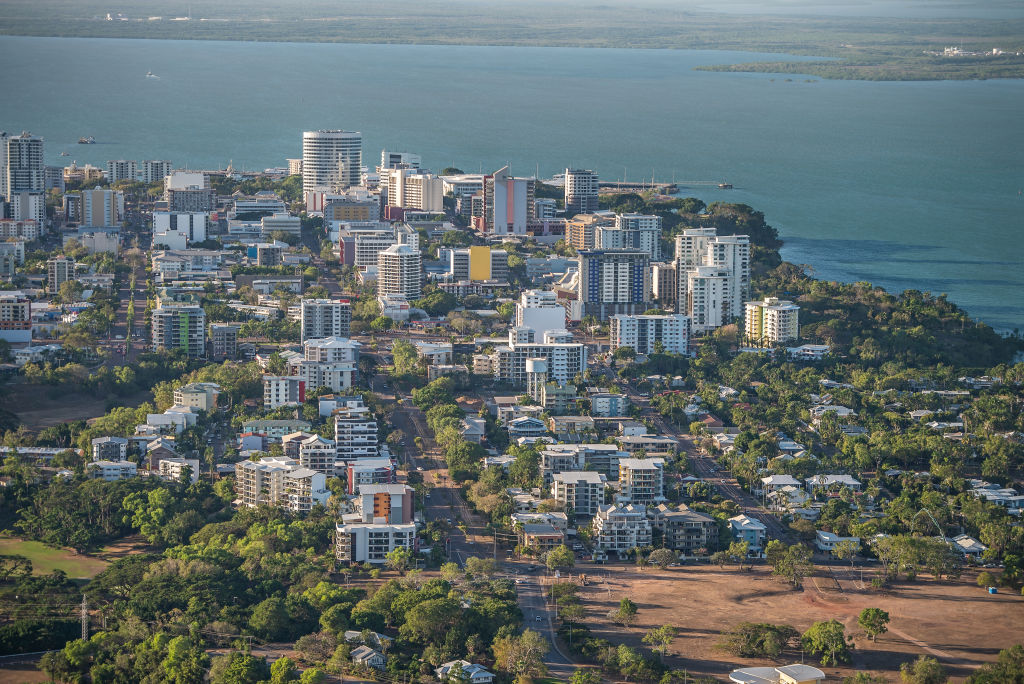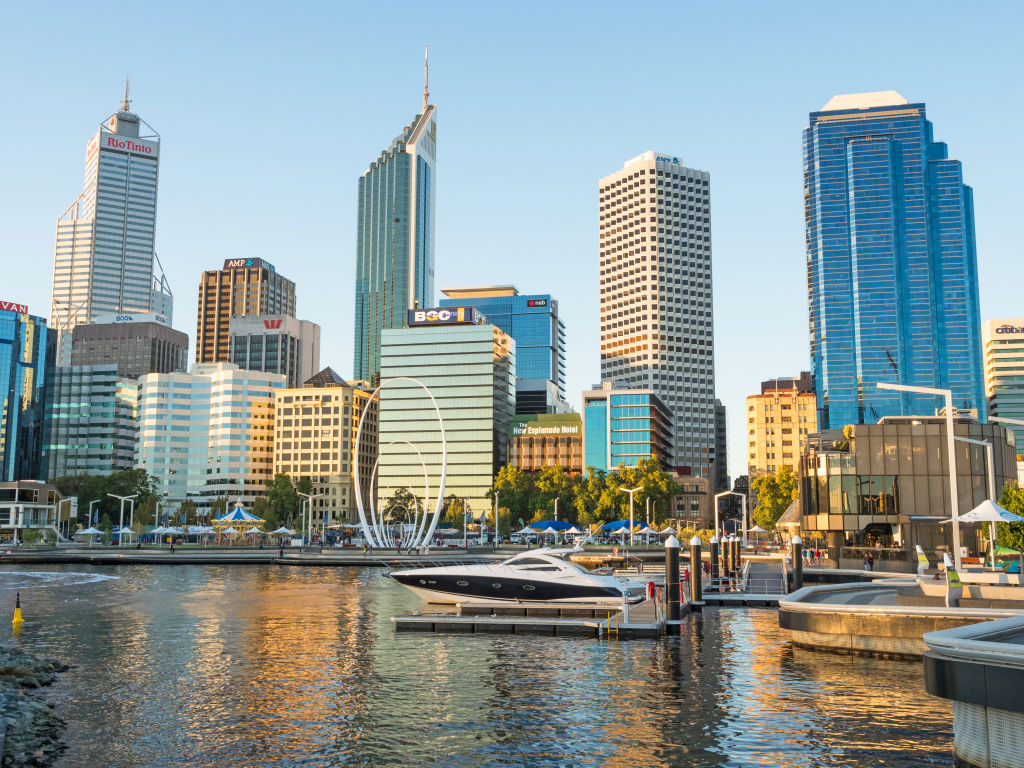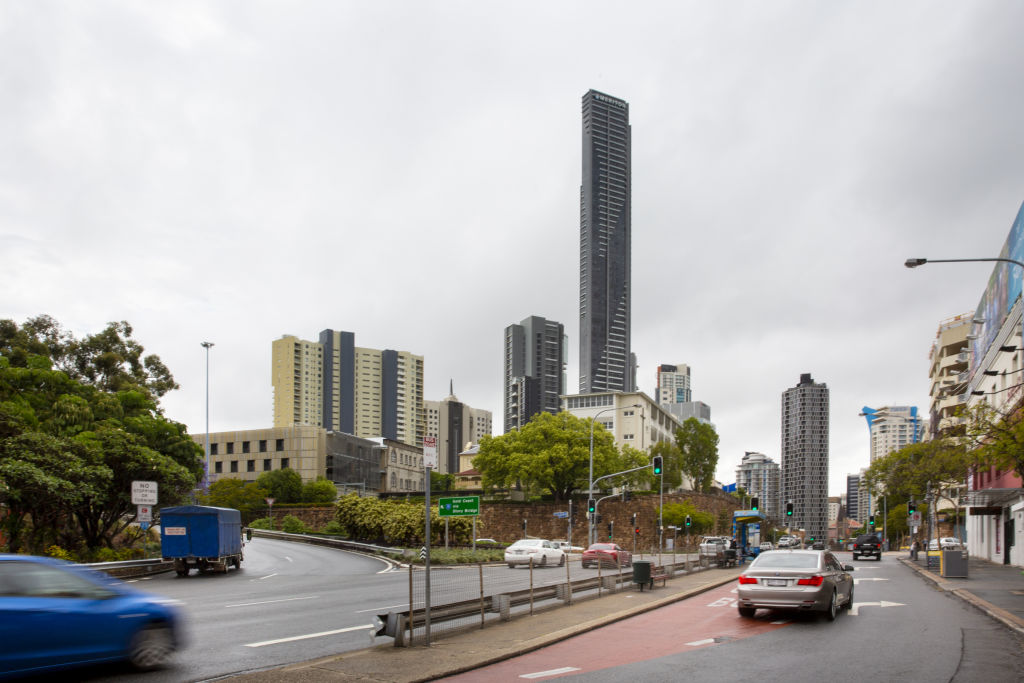The suburbs around Australia where rents are cheaper than they were five years ago

Despite rents generally soaring across the country over the last five years, there are still spots in most capital cities where it’s possible to find rents that have actually fallen since 2016 – and sometimes spectacularly.
Rents in one suburb of a city plunged by nearly half over the period, in another they fell by over one-third, and in another by over a quarter, according to the latest quarterly Domain Rent Report.
“COVID-19 has been a key driver of huge change across the country,” said Quentin Kilian, CEO of the Real Estate Institute of the Northern Territory. “People are now looking for lifestyle changes, there’s new technology that wasn’t available a few years ago, and everything has changed.”
The disruption and economic changes have caused some rents to rise, and others to absolutely plummet. Those seeking the biggest bargains could do a lot worse than checking out houses in the city centre of Darwin, for instance, where rents are, on average, an astonishing 42.7 per cent cheaper than they were five years ago. Today, they sit at just $430 a week.
Nowhere else in Darwin comes close to such amazing falls. The city’s next biggest house rent fall, compared to 2016, was in Nightcliff in the north, where rents fell by 15 per cent to $510 a week. Malak was close behind with a fall of 13.6 per cent to $445.
There were some Darwin suburbs where unit rentals fell substantially, too. In Rapid Creek, rents fell 16.7 per cent to $127 a week, in Darwin city by 13.6 per cent to $475 – $45 more than a house rent there – and both Leanyer and Marrara by 12.5 per cent to $350 each.
These long-term falls have been the result of Darwin’s boom-or-bust economy, with the $40 billion Inpex gas project coming to a close and its 8000 workers leaving town.

By contrast in these topsy-turvy times, in the last year alone, rents picked up on average across the whole of Darwin by a record 20.9 per cent for houses, and by 18.4 per cent for units, mostly from people now coming to live there as a COVID-19 safe haven.
“As a result of that, we’re now seeing record yields, with rents now increasing faster than prices for houses and units,” said Domain chief of research and economics Nicola Powell.
But the next city to endure such heart-warming – or heart-breaking – falls, depending on whether you’re a tenant or a landlord, is Sydney. Even though rents have hit dizzy levels in some suburbs, in others, they’ve hit rock bottom.
Units in Millers Point, for instance, in the newly bijou area of the city after Housing Commission tenants were moved on, have crashed by 33.8 per cent to $660 a week. In the south west’s Canterbury-Bankstown, Bass Hill rents have fallen by 29.1 per cent to $433, and in North Ryde on the Upper North Shore, they’re 29 per cent cheaper at $477.
Millers Point also had the biggest drop in house rents, of 20 per cent to $1000, while Ultimo on the city fringe dropped 15.2 per cent to $655 and Waverley in the east by 14.4 per cent to $1113.

Perth had the next biggest falls in the country, with North Coogee, in the city’s coastal south-west, seeing house rents down 27.7 per cent to $543 a week. Rents for houses in inner-city Northbridge also fell by 10.6 per cent to $1225 and in nearby Highgate by 9.5 per cent to $430.
Unit rents also softened considerably over the past five years in Burswood, home of the Perth Crown complex, by 13.8 per cent to $430, in Ellenbrook to the north east by 11.8 per cent to $300 and in Shoalwater to the south by 11.1 per cent to $240.
Melbourne’s Docklands and Southbank were the biggest losers in more ways than one over the past five years in terms of rental returns. Rents for Docklands units plunged by 24.5 per cent to $400 a week, while its houses delivered 22.5 per cent less than they did in 2016 to a weekly rent of $500.
Southbank endured the same size drop in unit rents, at 24.5 per cent to $390 while houses there fell by slightly less – 20 per cent – to $400. The size of the drop in rents for houses in Melbourne city were sandwiched between the two, at 22.2 per cent to $350, while unit rents in Caulfield East dropped 22.8 per cent to $285.

Brisbane generally had fewer suburbs were rents fell compared to five years ago, and the drops weren’t quite as large. For houses, South Brisbane was the biggest downward mover at 16.1 per cent to a weekly rent of $470, Park Ridge in Brisbane’s west had a 15.2 per cent drop to $390 and Fortitude Valley to the north had a 12 per cent fall to $475.
The biggest drops in Brisbane’s units were in Brisbane City at 18.2 per cent, down to a weekly rent of $450, Rocklea in the west with a fall of 12.5 per cent to $280, and Spring Hill in the north, dropping 9.1 per cent to $400.
And those traditionally quiet achievers of the property market, Adelaide and Hobart, were both remarkable for not having a single suburb were rents fell compared to their level five years ago.
We recommend
States
Capital Cities
Capital Cities - Rentals
Popular Areas
Allhomes
More







